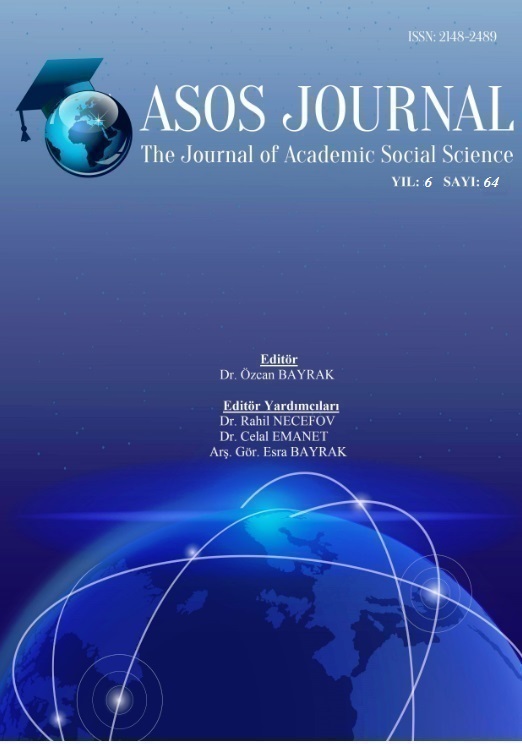Author :
Abstract
Bu çalışma, Türk dilbilgisinin kısa bir özetini içermektedir. Fonoloji, morfoloji ve sözdizimi alanları tipolojik bakış açısından sunulmaktadır. Birinci bölümde, Türk dilinin tipolojik sınıflandırması gösterilmektedir. Ses bilgisi ve suprasegmental (aksan, entonasyon) özellikleri ikinci bölümünde anlatılmaktadır. Bunu takiben üçüncü ve dördüncü bölüm Türkçe'nin morfolojisine ve sözdizimine ayrılmıştır. Mevcut çalışmanın NP anlambilim düzeyini geçmediğinden dolayı, Türkçenin sözdizimi ile ilgili bölüm kısaltılmışdır. Çalışmanın son bölümünde, Türkçede morfolojik açıdan çoğul formların farklı bir şekilde kullanıldığı özel bir fenomen anlatılmaktadır. Türk dilinin bu özelliği, „belirsiz sayı“ (“transnumerality”) diye adlandırılan dilbilimsel olgusuna atfedilmektedir. Türkçenin cümle yapımında belirtilmemiş cümlelerin (“bare NPs”) ve türlere atif cümlelerin (“kind reference”) analiz yöntemleri ile ilgili araştırmalar son bölümde tanıtılmaktadır.
Keywords
Abstract
The present study includes a short outline of Turkish grammar. The topics of phonology, morphology and syntax are generally presented with a view on language typological features. In the first section a typological classification of the Turkish language is given which is followed by a description of its general characteristics. Phonology and suprasegmental features (accent, intonation) are described in the following part. The next two sections are devoted to the morphology and syntax of the Turkish language. Since the considerations of these study do not extend beyond the semantics of NPs, the section on the syntax of the Turkish language is kept accordingly brief. In the outlook of the study, a special phenomenon in Turkish is highlighted, which is reflected in the different ways in which plural forms are used in morphosyntactic respects. This particularity of the Turkish language is attributed to the linguistic phenomenon "transnumerality". Subject-related research on the treatment of bare NPs and kind reference is also referred to in the outlook.





